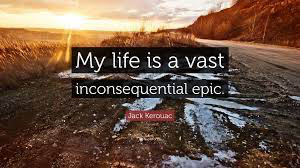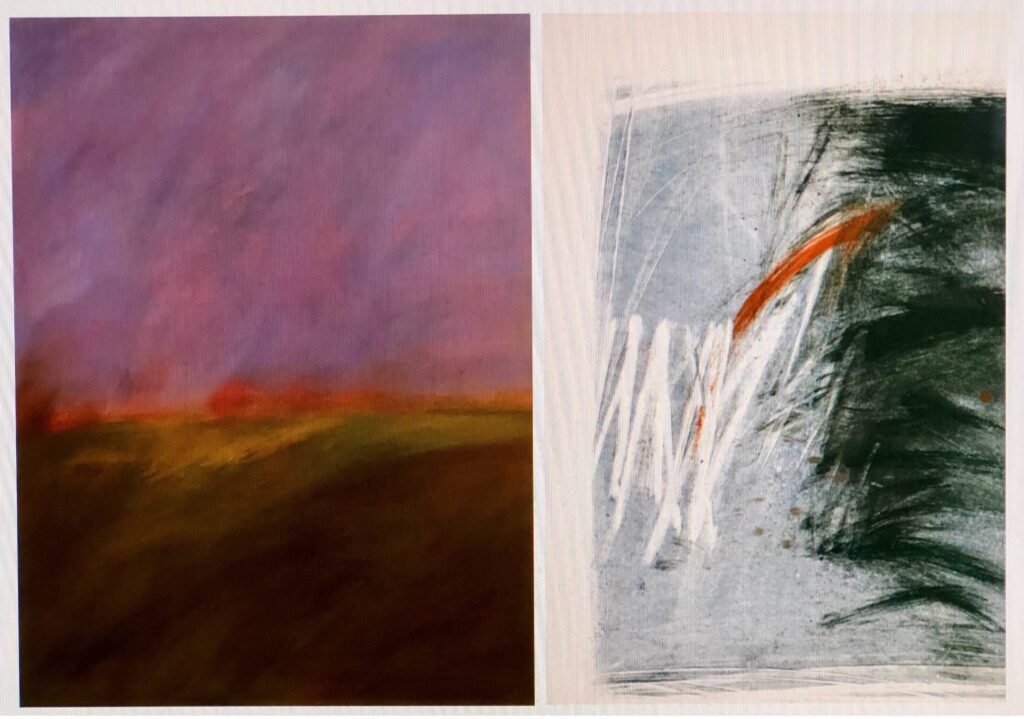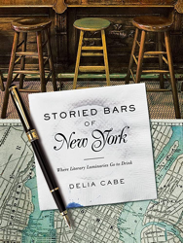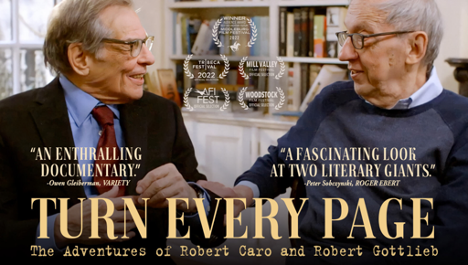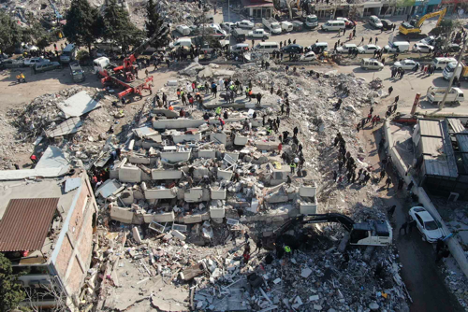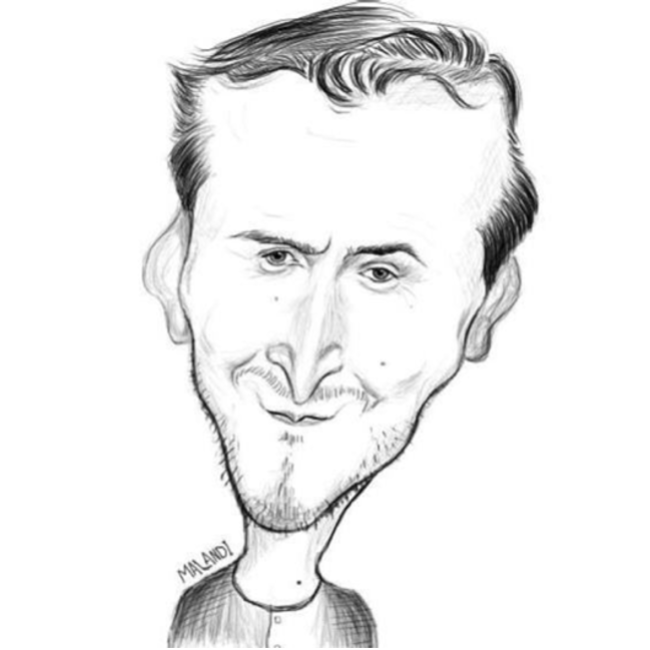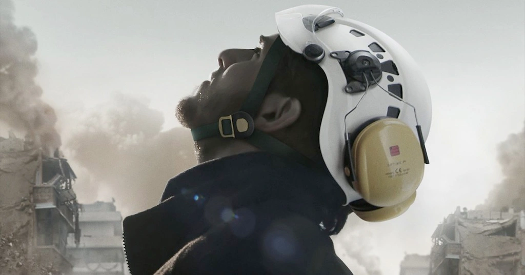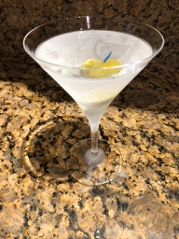Eleven years ago when memoirs were becoming the literary flavor of the day, A New York Times editor named Neil Genzlinger wrote an essay in the Book Review lamenting the proliferation of the “absurdly bloated genre.” It was entitled The Problem with Memoirs. Yes, the moirs strikethrough was intentional to emphasize the Me in memoir. In his essay Genzlinger raged against the “age of oversharing” arguing that “unremarkable lives” should go “unremarked upon, the way God intended.”
Mr. Genzlinger’s essay went largely unnoticed until Lorrie Moore, a much more accomplished writer, mentioned it along with the phrase “oversharing of inconsequential lives” in her own essay on the subject. On behalf of all would-be memoirists, here’s my response:
Dear Mr. Genzlinger:
With all due respect… There are many reasons we as writers commit to memorializing our own stories. As an established writer you should be encouraging rather than discouraging others. Stop bitching, judging and setting rules for others. Let the marketplace decide what is worthy and what is not.
Jack
To be fair, and we always want to be fair, Mr. G is a capable writer. At the apogee of his career when this essay was published, he was an editor. Since then he’s been assigned to obituaries. It sounds like he’s red-shirting now, but he is still on the team. I’m not quarreling with his colons and semicolons. That’s for the Times to monitor. My issue is the snarky hubris of a writer few have heard of setting the rules for who should and should not write memoirs.
There may be an abundance of memoirs on bookstore shelves, but I’m pro-choice in this area–let us decide for ourselves. If a writer wants to publish and finds a publisher who agrees, I say go for it. Let the marketplace decide if it’s worthy. And this goes for any genre not just memoirs. I stand with my response. What looks like “oversharing” to Mr. G. may be inspiring to someone else. Stay in your lane, Mr. G. Let the public be the judge.
When I was a student in the San Francisco State creative writing program it was one of a handful of such programs in the country. Today, every university and most community colleges offer one. An explosion of interest. Self-expression. Some writers yearn for recognition. Others may only want to leave something for their families to remember them by. Memoir is one of many ways to share personal stories with friends, family and/or the general public.
Here’s the message I’d like to convey; No life is inconsequential. Each is unique. Each is a story worthy of note. Many of my friends and acquaintances have told me they’d like to “write a memoir,” which usually means leave a record of their lives for family and friends. I often feel my own children don’t know much about the events and friendships of my life. Writing has given me a way to leave them something in the way of family history.
So, I wish Mr. Genzlinger well in his quixotic effort to cleanse the genre of unworthy contributions. It seems like a Sisyphean task. I’d rather encourage would-be writers to throw their stories at the wall and see if anything sticks.
In defense on “inconsequential lives” I submit this from Jack Kerouac:
